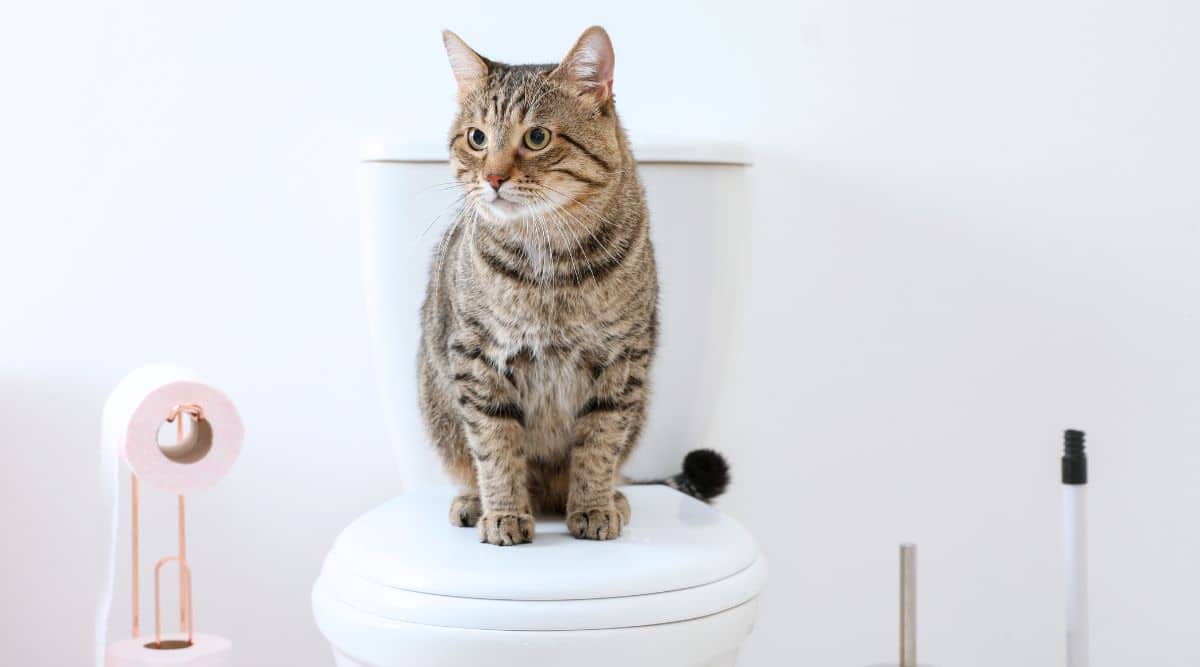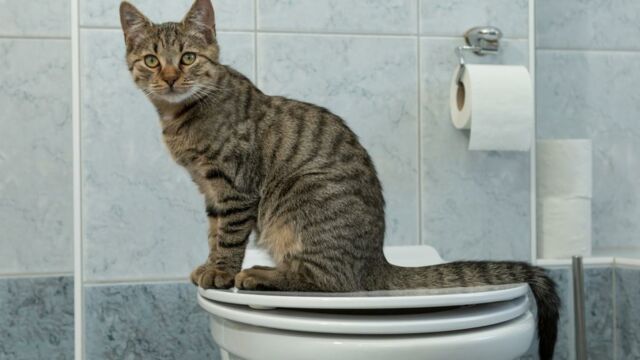An Effects of Flushing Animal Waste Down the Toilet
An Effects of Flushing Animal Waste Down the Toilet
Blog Article
On this page below yow will discover a lot of first-rate additional info related to Why you should never flush dog poop down the toilet.

When it concerns dealing with waste, specifically animal waste, lots of people usually consider the hassle-free choice of flushing it down the bathroom. Nevertheless, this relatively simple solution can have significant repercussions for the atmosphere and public health. In this post, we'll discover why flushing pet waste down the bathroom is a negative idea and provide different techniques for correct disposal.
Introduction
Proper garbage disposal is important for maintaining environmental sustainability and public health. While it might seem harmless to purge animal waste down the toilet, it can result in various concerns, both for the environment and human well-being.
Dangers of flushing pet waste
Ecological effect
Flushing pet waste presents hazardous bacteria and pathogens right into rivers, which can negatively impact aquatic ecosystems. These pathogens can infect water sources and damage aquatic life, disrupting fragile ecological communities.
Public health worries
Pet waste consists of unsafe microorganisms such as E. coli and Salmonella, which can present significant health threats to humans. Purging animal waste down the bathroom can contaminate water products, bring about the spread of conditions and infections.
Alternatives to flushing
Instead of purging pet waste down the toilet, there are numerous alternate disposal approaches that are more environmentally friendly and sanitary.
Composting
Composting pet waste is an eco-friendly method to dispose of it. By composting, raw material is broken down into nutrient-rich soil, which can be used to fertilize gardens and plants.
Landfill disposal
Dealing with animal waste in a garbage dump is another option. While not as environmentally friendly as composting, it is a safer choice to flushing, as it protects against the contamination of water resources.
Family pet waste disposal systems
There are specialized family pet garbage disposal systems available that securely and hygienically throw away animal waste. These systems frequently make use of enzymes to break down waste and eliminate smells.
Actions to correct pet waste disposal
To make read more sure appropriate disposal of pet waste, adhere to these actions:
Scooping and landing waste
Consistently scoop and bag pet waste utilizing naturally degradable bags. This avoids waste from infecting the environment.
Making use of designated waste bins
Dispose of bagged pet waste in marked waste bins, such as garden compost bins or garbage dump bins. Prevent flushing it down the commode whatsoever prices.
Cleaning can and pet dog areas consistently
Frequently tidy litter boxes and animal areas to prevent the buildup of waste and bacteria. Usage pet-safe cleaning items to maintain hygiene.
Benefits of appropriate disposal methods
Adopting appropriate disposal methods for animal waste offers a number of benefits:
Decreased environmental pollution
Appropriate disposal methods minimize the risk of environmental pollution, securing rivers and ecosystems from contamination
Lessened threat of water contamination.
By avoiding flushing pet waste down the toilet, the risk of water contamination is substantially decreased, guarding public health.
Enhanced sanitation and hygiene
Proper disposal methods promote much better cleanliness and health, producing a much safer atmosphere for both people and animals.
Final thought
In conclusion, purging pet waste down the bathroom is unsafe to the setting and public health. By embracing alternate disposal approaches and complying with proper waste management practices, we can lessen the unfavorable impact of pet waste and contribute to a cleaner, much healthier planet.
What To Do With Dog Poo – The Do's And Don'ts Of Disposing Of Faeces
Dog poo bins
Some councils provide dedicated dog waste bins in popular dog-walking areas that can take dog poo that has been bagged but you can legally dispose of dog waste in any public litter bin, as long as it is securely bagged. This also applies to your wheelie bin at home.
Do not flush
Water companies do not recommend flushing dog faeces down the toilet because certain parasites can survive the water processing treatment and are potentially harmful to humans. You should also never consider flushing dog poo that has been bagged down the toilet as the bags will not break down and instead create severe blockages in the sewage system.
In the woods
The Forestry Commission promotes a ‘stick and flick’ method for dealing with waste in the woods. This means finding a stick and using it to flick any poo from off the path so that it is out of the way of other walkers. You could also bury it as long as it is not in an area where there might be livestock.
Livestock
Parasites found in dog poo can be transmitted to livestock if they inadvertently eat infected faeces that has been left on grazing land. This could result in the death of sheep or abortion in cattle so you should always make sure you pick up your dog’s waste in fields where livestock could be present.

Frequently tidy litter boxes and animal areas to prevent the buildup of waste and bacteria. Usage pet-safe cleaning items to maintain hygiene.
Benefits of appropriate disposal methods
Adopting appropriate disposal methods for animal waste offers a number of benefits:
Decreased environmental pollution
Appropriate disposal methods minimize the risk of environmental pollution, securing rivers and ecosystems from contamination
Lessened threat of water contamination.
By avoiding flushing pet waste down the toilet, the risk of water contamination is substantially decreased, guarding public health.
Enhanced sanitation and hygiene
Proper disposal methods promote much better cleanliness and health, producing a much safer atmosphere for both people and animals.
Final thought
In conclusion, purging pet waste down the bathroom is unsafe to the setting and public health. By embracing alternate disposal approaches and complying with proper waste management practices, we can lessen the unfavorable impact of pet waste and contribute to a cleaner, much healthier planet.
What To Do With Dog Poo – The Do's And Don'ts Of Disposing Of Faeces
Dog poo bins
Some councils provide dedicated dog waste bins in popular dog-walking areas that can take dog poo that has been bagged but you can legally dispose of dog waste in any public litter bin, as long as it is securely bagged. This also applies to your wheelie bin at home.
Do not flush
Water companies do not recommend flushing dog faeces down the toilet because certain parasites can survive the water processing treatment and are potentially harmful to humans. You should also never consider flushing dog poo that has been bagged down the toilet as the bags will not break down and instead create severe blockages in the sewage system.
In the woods
The Forestry Commission promotes a ‘stick and flick’ method for dealing with waste in the woods. This means finding a stick and using it to flick any poo from off the path so that it is out of the way of other walkers. You could also bury it as long as it is not in an area where there might be livestock.
Livestock
Parasites found in dog poo can be transmitted to livestock if they inadvertently eat infected faeces that has been left on grazing land. This could result in the death of sheep or abortion in cattle so you should always make sure you pick up your dog’s waste in fields where livestock could be present.

I have been very taken with 10 Things You Should Never Flush Down The Toilet and I hope you liked the post. Kindly take the time to promote this blog posting if you enjoyed reading it. We cherish your readership.
Schedule Service Report this page